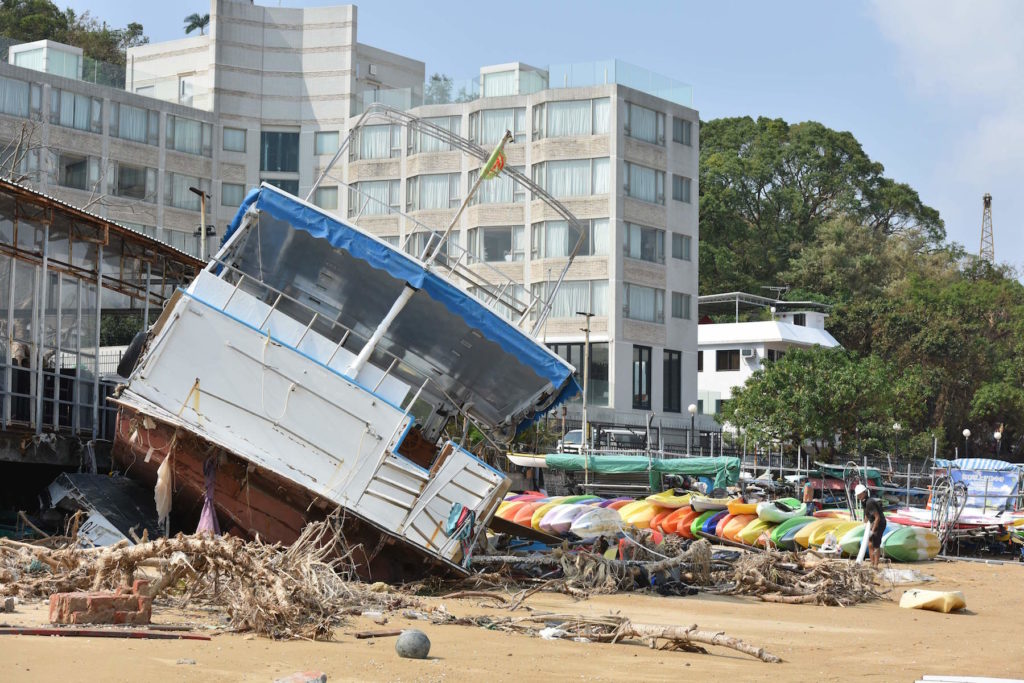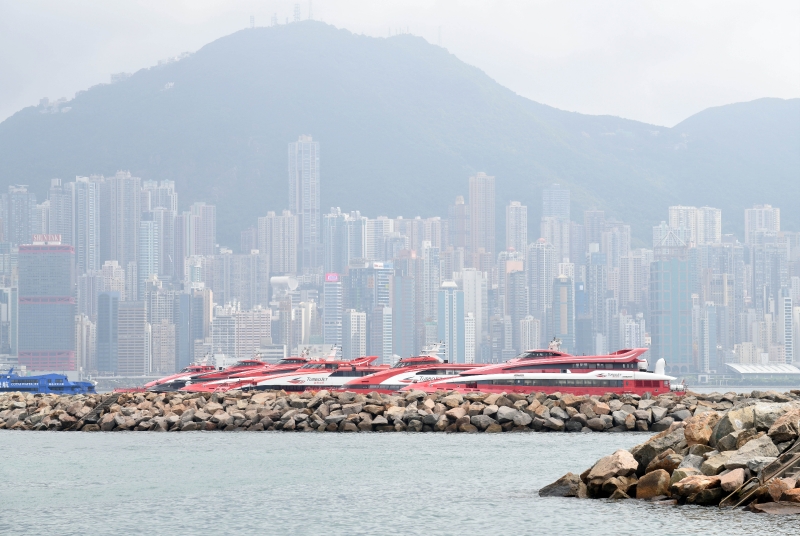In Hong Kong, when the observatory raises the typhoon signal No. 8—or T8—at night, weary office workers go to sleep with one solitary wish: That the warning is still up when dawn breaks, granting them a precious day off.
This morning, Hongkongers rolled out of bed and switched on their laptops. In today’s coronavirus-induced work-from-home era, it was business as usual.
If the world has learnt one thing from the coronavirus, it’s the feasibility and flexibility of remote working. Even when the virus eases, some wonder if the days of T8 lie-ins and de facto holidays could very well be over.

As Severe Tropical Storm Higos neared Hong Kong, the observatory hoisted the No. 8 warning on Tuesday night. At around 1:30am, the signal was raised to a No. 9 warning, which remained place for about six hours before being lowered back down to No. 8.
According to the city’s Labor Department, non-essential employees are not to come to work when the typhoon signal No. 8 is in force. If the warning is lifted during the day, workers may trickle back to the office when transportation is back up and running.
Read more: Dramatic videos, images as Severe Typhoon Mangkhut slams into Hong Kong
If the signal is canceled less than three hours before the end of the working hours, employees need not work that day at all. Legally, employers cannot deduct from a worker’s annual leave, statutory holidays or rest days in lieu.
Under these guidelines, typhoon signal No. 8, along with the Black Rainstorm Warning, has long been seen as the marker of a de facto holiday. But with large parts of the population working remotely due to COVID-19, the name of the game has changed.
Coconuts spoke to about a dozen Hongkongers employed in public relations, banking and other sectors who have been working from home. All of them said that they, and their colleagues, are working as usual.
“It would be nice if we got the day off,” Janice Ng, who works in public relations, said. “But I guess we can’t expect that, because we have been working from home all along.”
A civil servant wonders whether this could be the end of his typhoon days off. “After the virus is gone and we’re back at the office again, I wouldn’t be surprised if my manager asks me and my co-workers to log on to work from home when there is a typhoon 8,” he said.
When the city began recording virus cases in January, Hong Kong was one of the first places in the world to advise employers to implement work-from-home arrangements where possible.
Read more: Hang Seng bankers caught hiking on work-from-home day thanks to Instagram post
As the virus spread to dozens of other countries, a global remote working revolution followed, made possible by a myriad of tech tools that are rendering crowded office cubicles and lifeless conference rooms obsolete. Reports suggest that remote working may become a new normal even after the COVID-19 epidemic subsides.
When the outbreak worsened last month, the Hong Kong government once again enforced work-from-home policies for civil servants, and called on employers to do the same.
Hong Kong’s typhoon season, which starts in the summer, ends in around November. As remote working arrangements continue for the foreseeable future, whether or not T8 will still be synonymous with a day off in the post-COVID era remains to be seen.



Reader Interactions